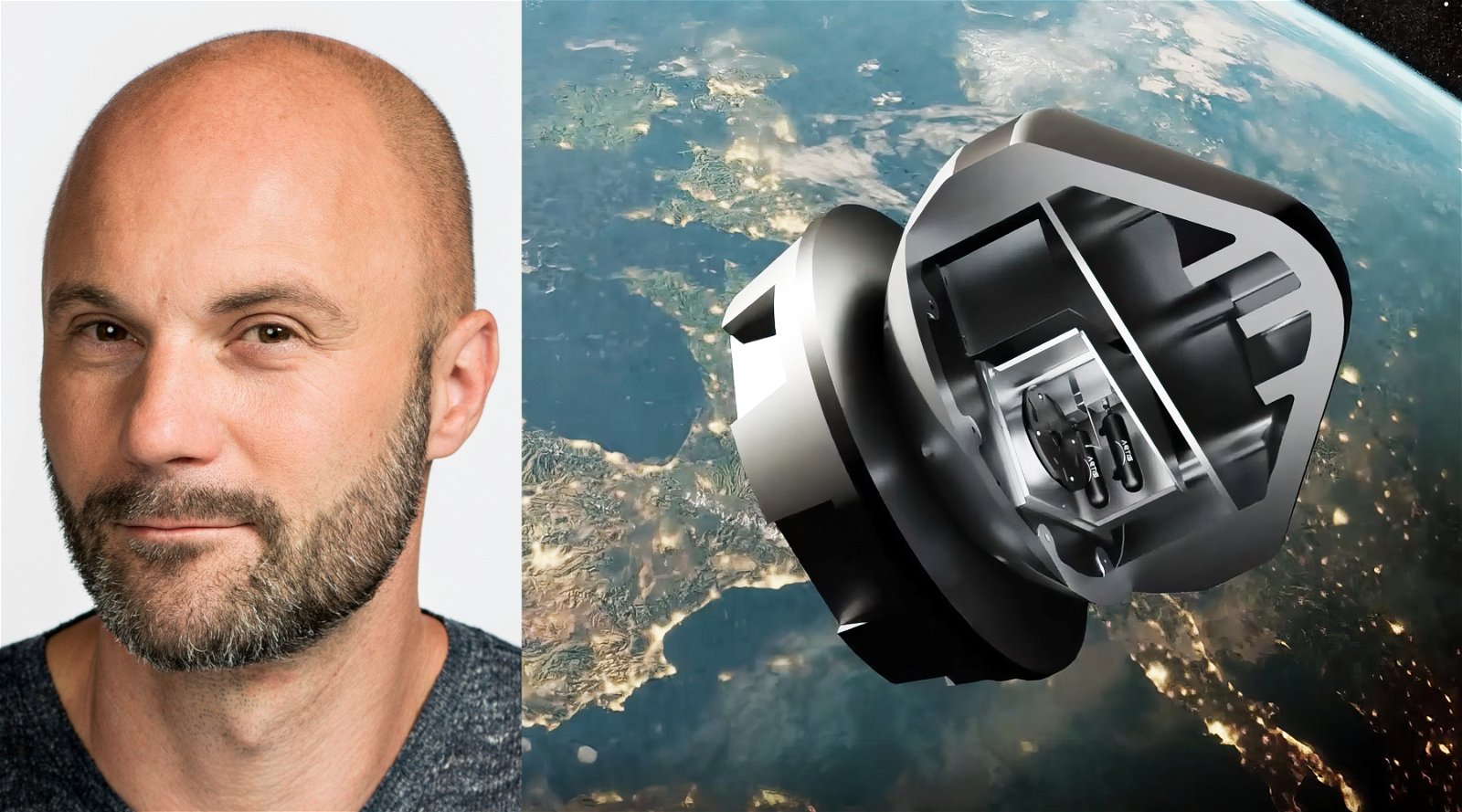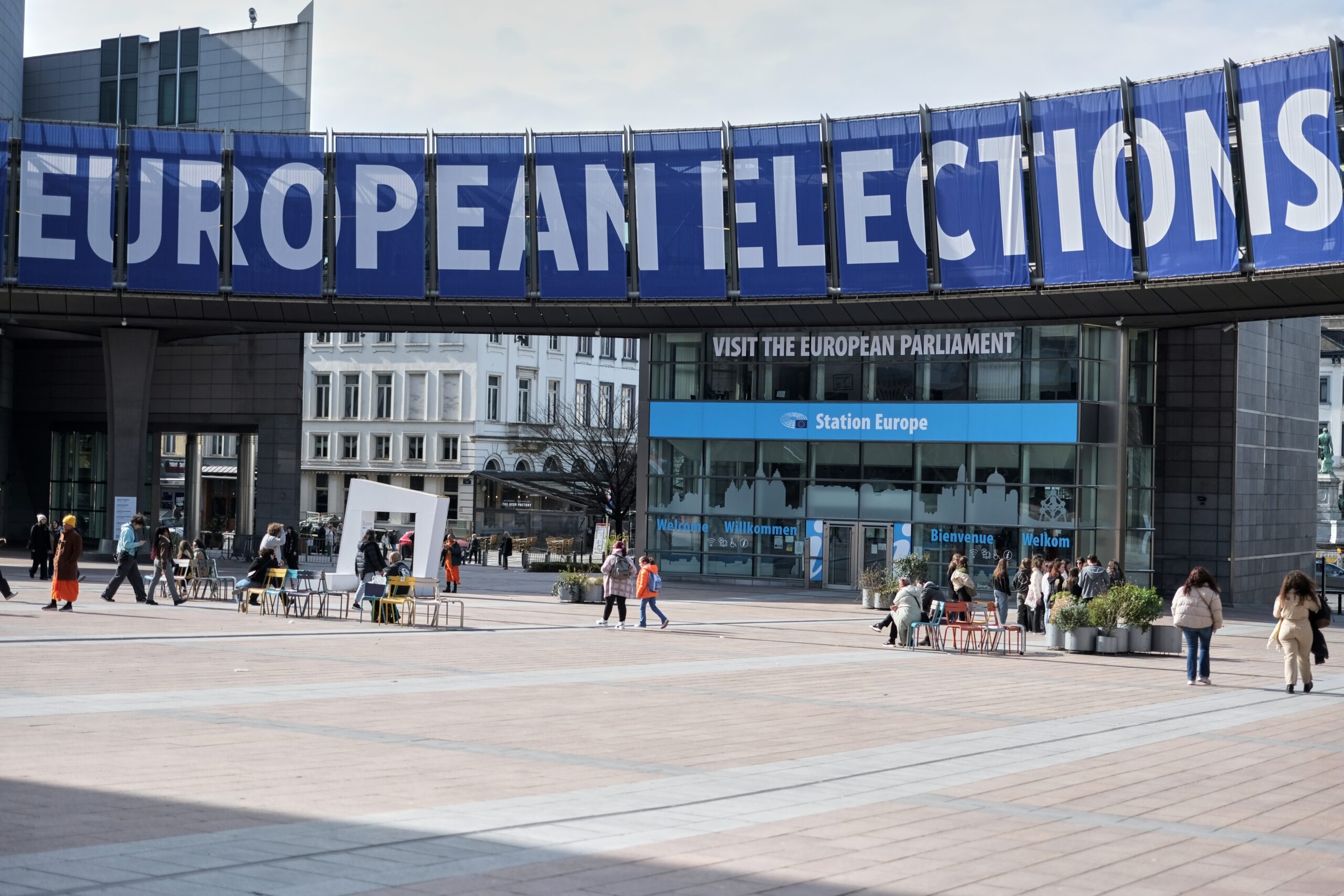Ipsos International entered Political poll conducted by Euronews Among the approximately 26,000 Europeans with the right to vote in 18 EU member states. This means that 96% of the EU population is included in the sample.
If elections were held for the European Parliament now, the Freedom Party could win the largest number of Dutch seats: 9 of the 31 seats the Netherlands are allowed to hold. The Identity and Democracy Party, the faction to which the Freedom and Democracy Party belongs in the European Parliament, appears to be growing. In this poll, the number of seats for the Identity and Democracy Party rose from 59 seats to 81 seats. The European People's Party (EPP) and the Progressive Socialists (Progressive Socialists and Democrats) are fairly stable, and will remain practically the largest two groups in the European Parliament. However, we are only two and a half months away from the election, and many voters are still unsure about their vote.
Netherlands: Victory for PVV, GL-PvdA and VVD follows remotely
European Parliament elections will take place at the beginning of June and Europeans from all member states will go to the polls. A total of 720 seats can be distributed (currently: 705[1]), of which 31 were by the Netherlands (now 29). Of these 31 seats, 9 seats will currently go to the Freedom Party. Since Geert Wilders' party does not currently have a seat in the European Parliament, it is the immediate winner. In this poll, the Party for Freedom is followed by the GroenLinks-PvdA (together 6 seats) and the VVD (5 seats).
It is striking that the differences between numbers 1 and 2 (PVV and GL-PvdA) are much smaller than in Our latest poll for the House of Representatives elections (Respectively: 49 and 25 seats).
D66, CDA, Volt and NSC each have two virtual seats, BBB, Party for the Animals and SP have one, while SGP, ChristenUnie and FvD have not yet secured a (hypothetical) seat in the European Parliament.
[1] Since February 1, 2020, the number of seats in Parliament has become 705, as a result of the United Kingdom’s withdrawal from the European Union. In September 2023, MEPs approved a European Council decision to increase the number of European Parliament seats by 15 to 720 for the 2024-2029 legislature.
European Communities: I&D and Renew receive the largest number of Dutch votes
Almost all Dutch parties belong to a European faction. If we look at how the above seat distribution translates to these factions, we see that I&D gets the largest number of seats (9 from the Freedom Party). After that, RENEW will actually get 7: this faction will get 5 seats from VVD and 2 from D66.
GroenLinks-PvdA splits its six seats between two European factions due to previous alliances. As in 2019, GroenLinks will provide 3 seats for the Greens/European Free Alliance (G/EFA). In addition, the Social and Democratic Party will gain 3 seats from the Dutch PvdA electorate. This means that the PvdA faction in Europe is shrinking: in the previous elections it won six seats.
The European People's Party (EPP, the largest group in the European Parliament) can gain 5 seats from the Netherlands: 2 from the CDA and NSC, and 1 from the BBB.
The European Parliament's Left Group (GUE/NGL) obtains 2 seats (1 from PvdD and 1 from SP).
The European big picture: The far-right bloc is growing
Finally, the question is what does the big European picture look like? The first thing that stands out is that the two largest factions (the European People's Party and the Socialists and Democrats) remain about the same size, and that the two far-right factions (the European People's Party and the Socialists and Democrats) are growing significantly.
The European People's Party (EPP, Christian Democrats) will remain roughly the same with 177 seats (about a quarter of the total 720 seats), and the Socialists and Democrats will lose slightly with 136 seats and gain almost 19% (that's 20% In the current European Parliament). . The liberal RENEW party and the green G/EFA party each give up 17 seats. This brings the number of RENEW seats to 85 (12%, up from 14.5%) and the General EFA to 55 (8%, down from 10%).
Gains will be made on the right wing: the seats of the European Conservatives and Reformists group will rise from 68 seats to 76 seats (from 7 to 11%). In addition, the I&D Party will gain an additional 22 seats, bringing it to 81 seats (from 8 to 11%). This would give the two far-right factions together more than a fifth (22%) of the seats (this was 15%). Therefore, there is a good chance that the far-right bloc will grow significantly.

Accountability and Disclaimer
This poll was conducted by Ipsos on behalf of Euronews in 18 member states, among a representative sample of voters. Forecasts have been made for the other nine Member States. In total, 96% of the EU population and 89% of the seats (640 out of 720) belong to the sample. A total of 25,916 Europeans participated in the survey from February 23 to March 5.
As for the Netherlands, 1,896 people participated in the survey. The sample for the Netherlands comes from the I&O Research Committee. Deviations between the composition of the sample and the composition of the Dutch voter population on characteristics of age, gender, education, region and previous voting behavior (2023 House of Representatives elections) are corrected by weighting.
In our European Parliament poll, we ask voters what they would vote for if there were elections to the European Parliament tomorrow. We then calculate these results into the seat distribution.
Turnout in European Parliament elections is traditionally low in the Netherlands, which could have an impact on the outcome. That's why we ask voters about their turnout intention and take this number into account when calculating the result.
The statistical margin around seats for each party is + or – 1 seat. It is also important to note that the poll asks what people would vote for if the election were held today. Therefore, opinion polls should not be seen as a prediction of election results but rather as the prevailing situation at the time of polling. We know that many voters do not decide until later which party to vote for, sometimes even in the voting booth. Additionally, all kinds of things like a debate on TV or developments in the news can influence voters at the last minute. This makes it likely that there will be discrepancies between what opinion polls show and the election results. At polling time, the campaign had not yet begun, so anything could happen.

“Creator. Award-winning problem solver. Music evangelist. Incurable introvert.”

/s3/static.nrc.nl/wp-content/uploads/2024/05/web-0105ecofed.jpg)





More Stories
The Pope warns that uniformity in the Church is deadly
Hurricane leaves US airport in ruins | the pictures
Russia arrests journalists again